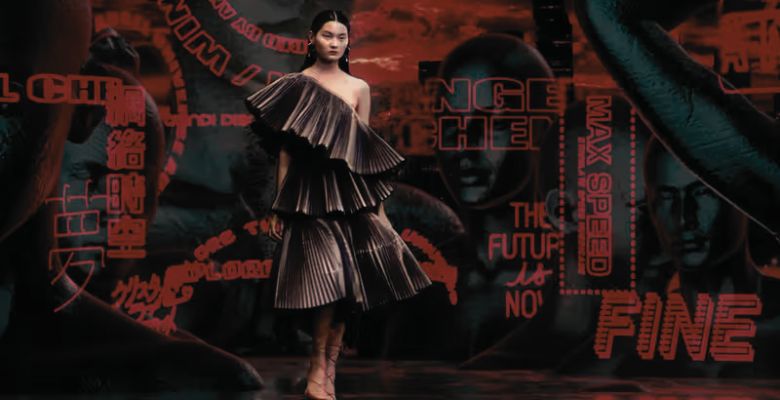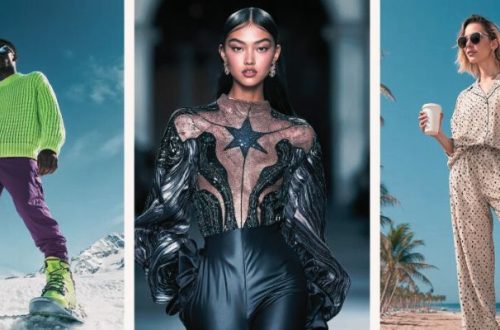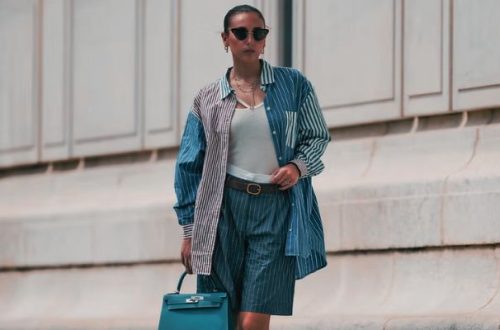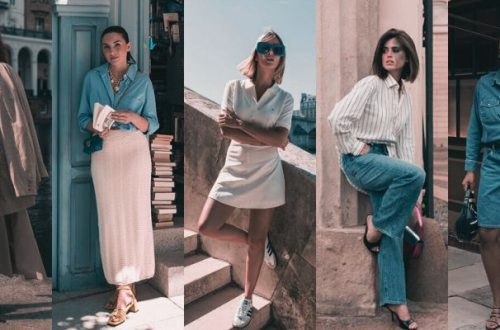Introduction
Fashion has always been about experience — the feeling of fabric, the atmosphere of the runway, and the excitement of a new collection.
Now, Virtual Reality (VR) is taking that experience beyond physical boundaries, bringing the fashion world to life in immersive, digital spaces.
From virtual catwalks to 3D shopping environments, VR is transforming how brands connect with audiences. As FashionWeekOnline.co.uk highlights, this digital evolution is not just a trend — it’s the future of fashion marketing.
The Rise of Immersive Fashion Experiences
Virtual reality has moved far beyond gaming and entertainment. In fashion, it has become a tool for storytelling, innovation, and brand engagement.
Leading labels like Balenciaga, Gucci, and Tommy Hilfiger are using VR to host virtual runway shows, create digital pop-ups, and offer 360-degree shopping experiences.
Instead of attending in person, audiences can now explore collections from anywhere — walking through digital showrooms, zooming in on textures, and interacting with products in real time.
This shift has democratized luxury, making high-end fashion accessible to global audiences in an entirely new dimension.
Virtual Fashion Shows and Runway Experiences
Fashion Weeks have embraced VR as a key part of their digital transformation. During events like Paris and Milan Fashion Weeks, brands stream immersive experiences that let users “attend” shows through VR headsets or mobile screens.
FashionWeekOnline.co.uk has been instrumental in showcasing these innovations, giving fashion enthusiasts virtual front-row seats to the world’s top designers.
VR not only enhances visibility but also extends the life of a collection — allowing audiences to revisit shows long after they’ve ended.
For brands, it’s a chance to blend artistry with technology and create memorable, interactive moments that drive long-term loyalty.
VR in Retail and E-Commerce
Imagine walking into a boutique without leaving your home. That’s exactly what virtual retail makes possible.
Brands now use VR to design virtual stores where shoppers can browse, try on digital clothing using avatars, and make purchases instantly.
This immersive shopping experience helps bridge the gap between online convenience and in-store engagement. Customers can view products at real scale, examine stitching details, and visualize complete outfits.
It’s a revolution in fashion marketing psychology — turning customers from passive browsers into active participants.
Sustainability and Digital Fashion
Virtual reality also supports the industry’s growing sustainability goals.
By creating digital samples instead of physical prototypes, designers reduce fabric waste and carbon emissions. Virtual showrooms eliminate the need for large production runs before market testing.
Consumers, too, benefit from sustainable engagement — exploring collections digitally before purchasing only what they truly love.
This fusion of technology and responsibility aligns perfectly with the eco-conscious direction celebrated by FashionWeekOnline.co.uk and other leading fashion platforms.
The Power of Virtual Storytelling
Fashion has always been about storytelling, and VR allows brands to tell those stories like never before.
Through virtual worlds, designers can craft entire narratives around their collections — from futuristic cities to artistic dreamscapes.
These immersive storytelling experiences go beyond visuals; they let audiences feel the emotion and inspiration behind every design.
Brands like Dior and Ralph Lauren have mastered this approach, using VR to build emotional connections that last far beyond the campaign period.
Collaboration with AI and AR
VR doesn’t work alone — it thrives alongside Artificial Intelligence (AI) and Augmented Reality (AR).
AI stylists recommend personalized looks, while AR enables virtual try-ons. VR completes the experience by immersing the user in a digital boutique or runway setting.
Together, these technologies form the foundation of the next-generation fashion ecosystem — one that blends personalization, creativity, and interactivity in powerful new ways.
Challenges and Limitations
While VR opens exciting possibilities, it also brings challenges.
-
Accessibility: Not everyone owns a VR headset or has high-speed internet access.
-
Production costs: Creating immersive environments requires technical expertise and investment.
-
Digital fatigue: With so many online experiences, brands must innovate constantly to maintain excitement.
However, as technology becomes more affordable, these barriers are gradually fading — paving the way for a future where virtual fashion marketing becomes mainstream.
The Future of Virtual Fashion Marketing
Looking ahead, Virtual Reality will become a core pillar of fashion marketing strategies.
Virtual flagship stores, digital Fashion Weeks, and metaverse fashion collaborations will soon be as important as physical retail.
As FashionWeekOnline.co.uk continues to cover the evolution of fashion technology, it’s clear that VR isn’t replacing traditional fashion — it’s enhancing it.
By merging creativity with connectivity, VR gives fashion brands the ultimate gift: the ability to turn imagination into experience.
Conclusion
Virtual Reality is reshaping how fashion communicates, sells, and inspires. It blends storytelling, sustainability, and innovation into one immersive experience.
From virtual runways to digital boutiques, the fashion world is stepping into a future where imagination knows no limits.
As technology continues to evolve, one truth remains — style is timeless, but how we experience it is changing forever.
Thanks to FashionWeekOnline.co.uk and similar digital platforms, that future is already unfolding — one virtual runway at a time.





